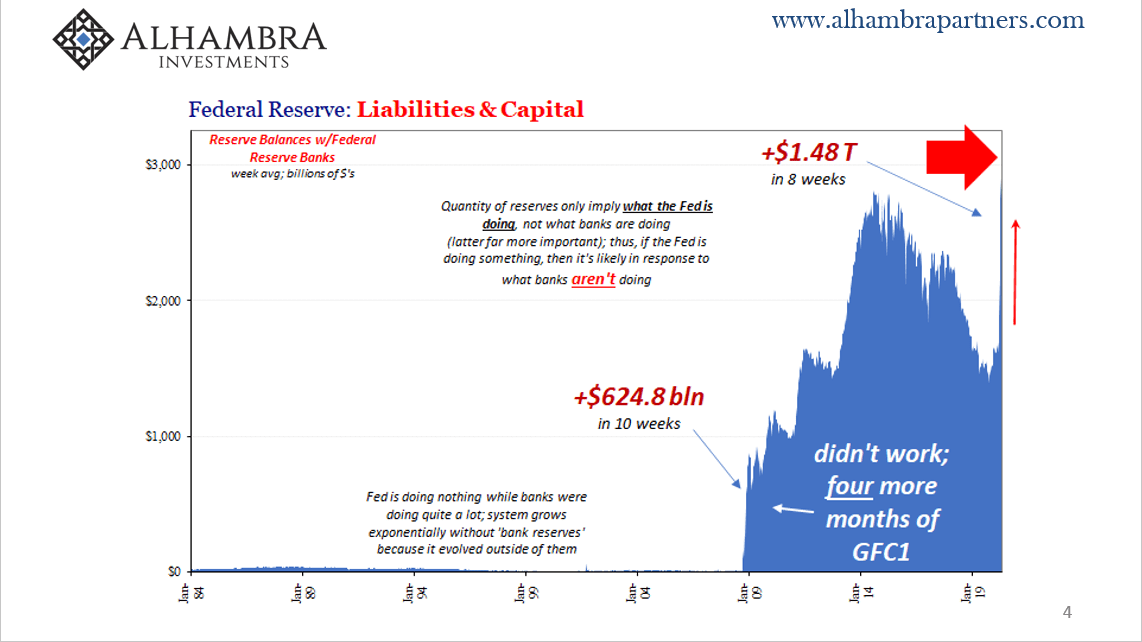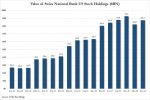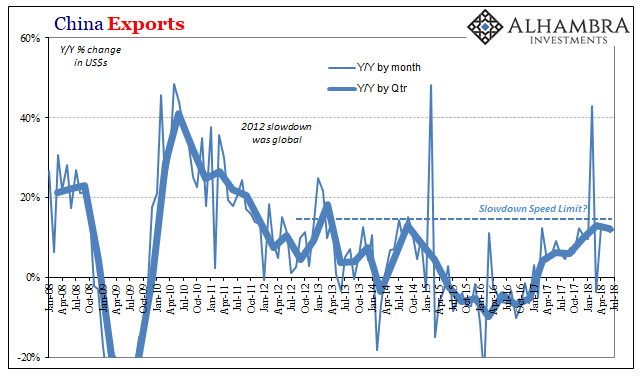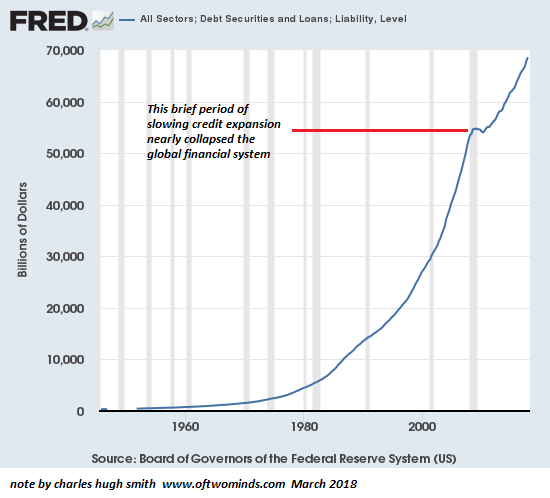Swiss FrancSpeculators were net short CHF in January 2015, shortly before the end of the peg, with 26.4K contracts. Then again in December 2015, when they expected a Fed rate hike, with 25.5K contracts.The biggest short CHF, however, happened in June 2007, when speculators were net short 80K contracts. Shortly after, the U.S. subprime crisis started. The carry trade against CHF collapsed. The reverse carry trade in form of the Long CHF started and lasted - without some interruptions - until the peg introduction in September 2011. In mid 2011, the long CHF trade became a proper carry trade - and not a reverse carry trade anymore - because investors thought that the SNB would hike rates earlier than the Fed. CHF Speculative PositionsThis week’s data: Speculators are net short CHF with 13K contracts against USD, 3K more than last week. This is still far from the post financial crisis records of 26 K contracts. We should wait for another Fed rate hike, to reach these levels again. |
Speculative PositionsChoose Currency
source: Oanda |
||||||||||||||||||||||||||||||||||||||||||||||||||||||||||||||||||||||||||||||||||||
|
The most striking development among speculative positioning at the end of last year and the first session of 2017 is not that adjustments were small. There was only one gross speculative position adjustment of more than 10k contracts. With sterling seemingly unable to sustain even modest upticks, the bears added 13.1k contracts to the gross short position, lifting it to 120.2k contracts. Rather, it is notable that speculators mostly added to positions, long and short, rather than close positions at the very end of the year. Speculators added to gross long foreign currency futures positions, except in the Japanese yen and Swiss franc where 2.6k and 2.5k contracts were liquidated respectively. Speculators also added to gross short positions. Here there was only one exception, the Japanese yen. Although the dollar closed broadly higher ahead of the weekend, all the currencies we track here, save the Mexican peso, gained against the dollar in the three sessions since the end of the CFTC reporting period. From time-to-time it is useful to recall why many market participants look at the speculative positioning in the currency futures market. It is not that the foreign exchange is primarily a futures market. It is primarily an over-the-counter market in which daily turnover averages in excess of $5 trillion a day. Exchange traded currencies and options accounted for around 3% of the average daily turnover according to the BIS survey. However, previous studies have found some contemporaneous correlation between market direction and net position changes. We think it also offers insight into a particular market segment of trend followers and momentum traders. It is not the only tool, but one of several inputs. One implication of this is that although speculative positions in the currency futures market are relatively large, it is still small compared with the cash market. Therefore, it is hard to see the real significance of a record large position, as if there is some market cap. Sometime, speculators are not driving the prices, maybe there is another segment, central banks, corporations, and/or real money that is more important at any given moment. We spend some time looking at gross positions rather than simply net speculative positions, which is the more conventional approach. We think a more granular look is often necessary. There is a difference between short-covering, for example, and new buying, though it looks the same in the net. Also, the gross position is where the exposure is not the net position. A net position of zero does not mean the market is neutral. Gross positions could be very large, which means a short squeeze or a negative shock could still disruptive. The positions that have to be adjusted are captured in the gross measure not the net figure. We find many clients are also interested in speculative positioning in the US Treasuries and oil. The net and gross short speculative Treasury position has swelled to new records. The bears added 23.8k contracts to the already record gross short position, lifting it to 816.1k contracts. The bulls tried to pick a bottom and added nearly 20k contracts to the gross long position, which now stands at 471.2k contracts. These adjustments led to a 3.8k contract increase in the net short position to 344.9k contracts. The bulls paused in the oil futures at the end of 2016. They liquidated less than one thousand contracts, leaving 608.1k gross long contracts. The bears added 4.1k contracts to the gross short position, giving them 168k. These adjustments trimmed the net long position by almost 5k contracts to 440.1k.
|
|
||||||||||||||||||||||||||||||||||||||||||||||||||||||||||||||||||||||||||||||||||||
Tags: Commitment of Traders,newslettersent,Speculative Positions





































